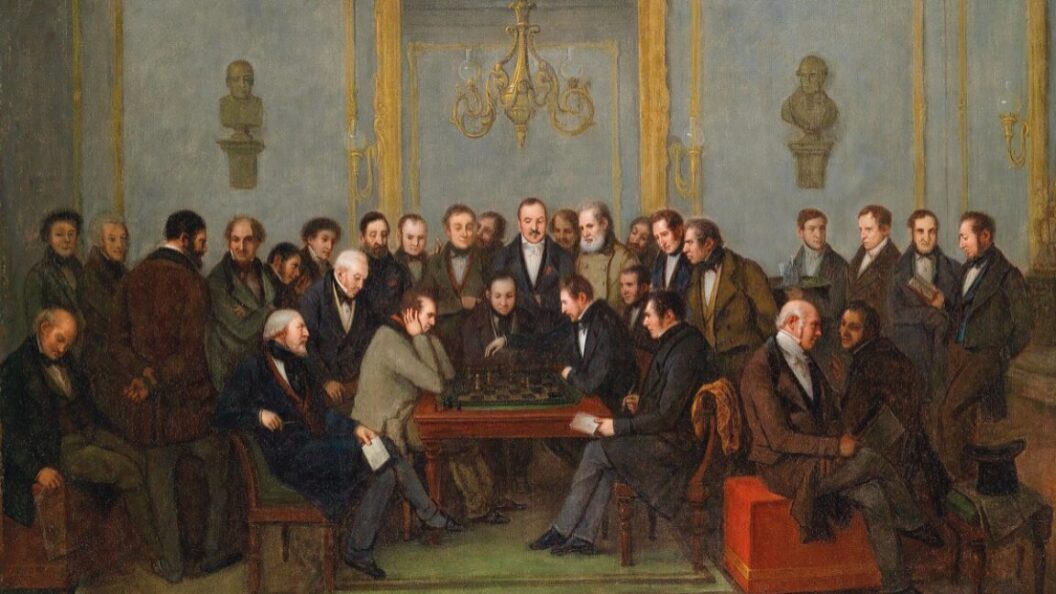New Insights into Chess Dynamics: A Network-Based Analysis
Marc Barthelemy, a researcher in complex systems, has approached the game of chess from a fresh perspective by modeling it as a decision tree and a network of interactions. His analysis highlights the complexity of decision-making in chess, particularly in the midgame where small errors can drastically alter the outcome of a match.
Representation as a Decision Tree
Barthelemy conceptualizes a chess match as a decision tree—a branching structure where each move can lead to a win, loss, or draw. Players strive to navigate through this tree to unearth the most beneficial moves, especially during critical midgame phases. The positions in this section of the game are notably unstable, where even a minor misjudgment can result in significant consequences for the match trajectory.
The Complexity of Interactions
Using sophisticated graph theory, Barthelemy redefined chess pieces as nodes within a network, with their interactions forming the edges. In this model, each piece’s importance is determined by its betweenness centrality, a measure of how frequently it lies on the shortest path between other pieces. This allows for an understanding of which pieces are most vital for maintaining a strong position on the board.
Analyzing Over Two Centuries of Chess
Barthelemy’s research spans more than 20,000 actual games played by elite chess players over the past 200 years. The analysis employed fragility scores to determine how easily critical pieces can be removed, revealing that certain positions see an increased vulnerability shortly before pivotal moments in the game.
Universal Patterns and Notable Tipping Points
One striking finding from Barthelemy’s study is the universality exhibited in fragility scores across different players and game openings. The analysis indicates that fragility begins to rise approximately eight moves before reaching a critical tipping point, maintaining elevated levels for about 15 subsequent moves. This suggests a common trajectory of positional fragility peaking during the midgame, with tension lifting as the game progresses toward the endgame.
Barthelemy states, "In famous chess matches, the maximum fragility often coincides with pivotal moments, characterized by brilliant moves that decisively shift the balance of the game." This observation emphasizes how critical decisions in chess can shape the overall flow and outcome of a match, providing a rich area for further study in both chess tactics and the broader implications of strategy in complex systems.
Implications of the Findings
The research provides a deeper understanding of chess dynamics by framing the game through the lens of network science. This could pave the way for enhanced training methodologies for players, emphasizing the importance of recognizing tipping points and understanding the fragile nature of certain positions. The insights could also impact computer algorithms used in chess engines by refining how these systems analyze and predict outcomes based on interactions between pieces.
By redefining the interaction and fragility among chess pieces, Barthelemy’s work not only enriches the academic discourse surrounding chess strategy but also offers a unique perspective on the intricate relationships that define competitive gameplay. As the world of chess continues to evolve, such analytical frameworks may prove vital in comprehending the full spectrum of chess mastery.









